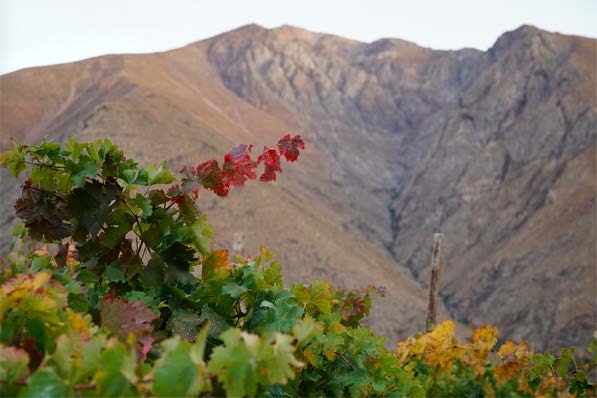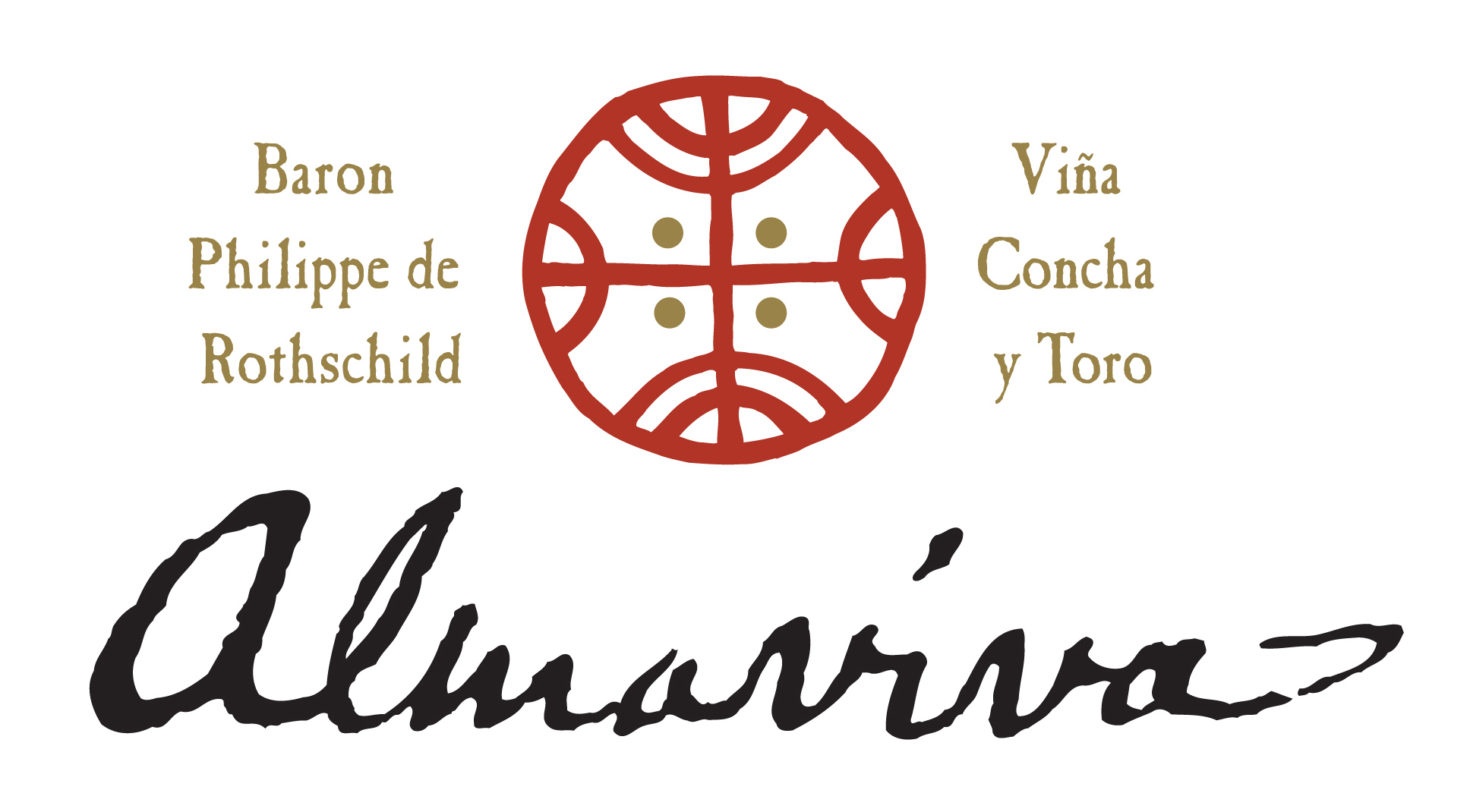
Alma Viva
Small wineries making small production, highly rated wines is today’s Chile, as well as widely distributed and high quality brands distributed around the world. The diversity and excellence in Chilean winemaking is so impressive and the trend seems to be growing every trip we make to the country. JamesSuckling.com has already visited Chile four times in the last two years.
“It’s baby steps,” comments Rodrigo Soto, Veramonte’s technical director as well as one of Chile’s experts on biodynamics. “We can manage it. This is something we can do and then we can make it bigger.”
The array and uniqueness of winemaking areas in Chile is equally inspiring, whether producing pinot noir and syrah in the appellations of Aconcagua Costa, Casablanca and San Antonio, cabernet sauvignon and carmenere in Valle de Maipo or carignan and país in Valle de Maule or even Malbec in Malleco.
Chile also has an exceptional heritage of old dry farmed vineyards particularly in the southern regions like Maule and Itata with carignan, país, cinsault, moscatel and even some amazing malbecs. Many producers are also grafting other varieties like garnacha or mourvedre (aka monastrell) to these old vineyards. And most of these wines are produced in a fresh and vivid style giving them a transparency to communicate their best microclimates and terriors.
“We have only just started, and we now have to, as we say in Chile, sharpen the pencil,” says Ricardo Baettig, winemaker of Casablanca’s Morandé, referring to already established regions like Maule or Casablanca where he believes a lot still needs to be discovered in terms of soils and microclimates.
In addition, the Chilean wine trade includes real personalities who show as much character in themselves as the wines they produce, regardless if it’s handmade pinot and syrah in Casablanca, cinsault in Itata or carignan in Cauquenes. As Marcelo Retamal, winemaker at De Martino, explains, “For me a great wine is the expression of a site and a person; from a rustic and remote place like Itata I don’t expect a wine with great refinement and complexity, I expect a wine full of character, with a pleasant rusticity.”
Adds big wave surfer/vintner Charlie Villard, a Frenchman who grew up in Chile and whose family was one of the first to make top wines in the region of Casablanca about two decades ago, “I do all things with passion.” I scored his tiny production single vineyard syrah 97 points 2014 Syrah Valle de Casablanca Tanagra.
It’s no wonder the French are so attracted to winemaking in Chile, from the Lurtons of Bordeaux to Ostertag, from Alsace to LigerBelair of Burgundy. The latter is making some of the most exciting pinot noir outside of France at the moment. They compare with the best including America’s Sonoma Coast, New Zealand’s Central Otago or Australia’s Mornington Peninsula. The Aconcagua Costa appellation just north of Casablanca, as well as Casablanca itself, is producing some of the most exciting examples of the variety. Take into account that pinot noir has only begun to take off in Chile, as Francisco Baettig, technical director of Errazuriz, Viñedo Chadwick and Seña concludes, “We have only begun to plant in the right places and with the right plant material.” So the future is exciting for pinot noir in Chile.
Syrah is also making a lot of noise throughout the country. Examples from Elqui, Casablanca and Colchagua show Chile’s capacity of combining quality with regional typicity. Elqui, located 700 km north of Santiago, produces vivid and intense syrahs as well as Rhone blends. San Pedro’s Kankana del Elqui and Alcohuaz are two of the more exciting projects there. Casablanca, on the other hand, produces equally delicious syrahs in a more subdued and reserved style. Finally Colchagua, not as extreme as Elqui nor as cool as Casablanca, produces warm yet elegant and delicious syrahs.
“The possibilities are endless here,” agrees Francois Lurton who has been making wines in Chiles for decades at Hacienda Araucano as well as in Argentina at Bodega Piedra Negra.
Perhaps a sign of Chile truly coming of age is the 100point rating in this report of the pure cabernet sauvignon 2014 Viñedo Chadwick. This is a wine that defines the greatness of Chile with a purity, structure and finesse that competes with the best reds of the world. And its pedigree is second to none with vineyards next door in the Valle de Maipo to the highly regarded Almaviva and Conch y Toro Don Melchor. “The area has been considered one of the best in Chile since the 1950s,” adds Eduardo Chadwick, the owner of the estate who also makes the icon wine of Seña in Chile.
Last month, I tasted more than 600 wines in Santiago, Valpariso and various locations in Casablanca. I was impressed with the quality of so many wines from flinty and bright sauvignon blancs to rich and flavorful syrahs. Even more memorable is the prices most of these wines sell for. The majority of the wines rated 90 points or more – outstanding quality – sell for about $15 to $30 a bottle. These are wines that would be selling for two or three times that if they were from France or California.
Below are all the Chilean wines I tasted this year with senior editor Jacobo Andrade Garcia Llamas. They are listed by highest to lowest rated. Please note that some older vintages of certain wines are listed as they were part of vertical tastings we experienced while on the road in Chile.



